We wanted to share with you our interest in this remarkable book called: The Cat Men of Gotham: Tales of Feline Friendships in Old New York. It’s a historical glimpse into the lives of an eclectic group of seafaring cats, police cats, fire cats, theatrical cats, hospitality cats and many others living in turn of the century New York City.
The harsh reality was that the nineteenth century was a rough time to be a stray cat in New York City. The city’s human residents dealt with feline overpopulation by gassing unwanted cats or tossing them in rivers. But a few lucky strays were found by a diverse array of cat men—including firemen, cops, athletes, and politicians—who rescued them from the streets and welcomed them into their homes and hearts. This book tells the stories of these heroic cat men of Gotham and their beloved feline companions, while exploring the history of the people, architecture, and agencies of New York City.
In addition to introducing us to some remarkable men, we get to meet many extraordinary cats, from Chinese stowaways prowling the Chelsea Piers to the sole feline survivor of the USS Maine explosion. Among the forty-two profiles, you’ll meet many feline Cinderella stories, as humble alley cats achieved renown as sports team mascots, artists’ muses, and even presidential pets.
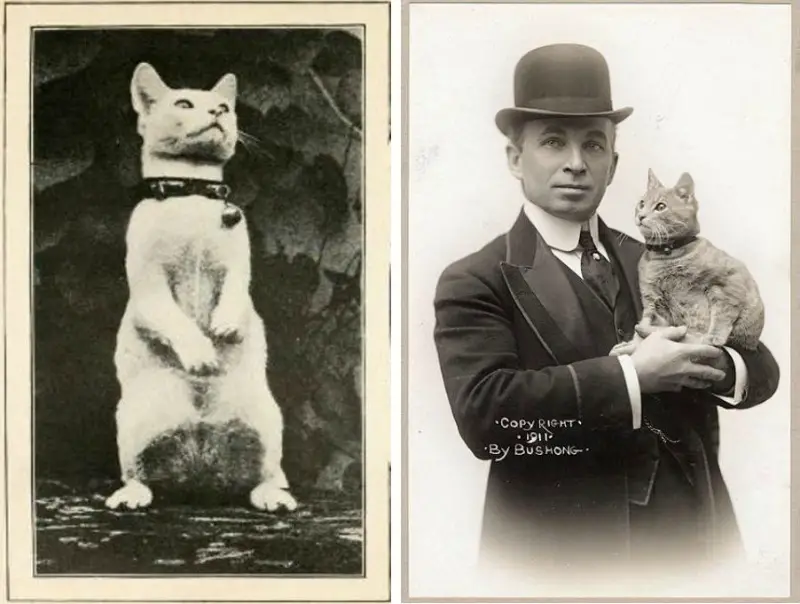
[right] – Melvin Vaniman, chief engineer of the airship America, and his mascot cat, Trent, in October 1910, after their sea rescue.
We reached out to author Peggy Gavan to get her insights behind the making of this wonderful book. Here’s what she shared with us:
Q: What was the inspiration or catalyst that prompted you to conceive and write Cat Men of Gotham?
The Cat Men of Gotham is based on my blog, Hatching Cat NYC (HatchingCatNYC.com), which I started writing in 2013. My blog explores the history of New York City through true and unusual animal tales. My very first story was about a Parisian cat that came to New York in 1911. This cat loved to sit on eggs while being surrounded by baby chicks, and people paid money to visit her at the old Palisades Amusement Park. I originally intended to write a children’s book about her, but as I started doing the research, I realized that exploring history through amazing animal stories was a fun and novel way to learn about Old New York.
I’ve written over 200 stories on my blog—many of the tales are about cats, but I also have stories about dogs, cows, alligators, goats, bears, you name it! As a cat lover, the cat stories are my favorite, so when an acquisitions editor from Rutgers University Press asked me if I was interested in publishing a book, I chose to focus the book on felines and their cat-men friends and heroes.
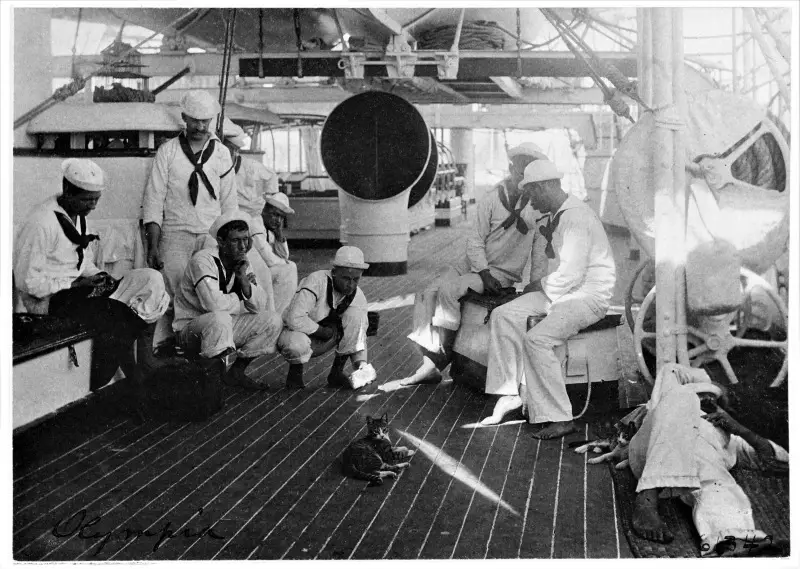
Q: There are 42 true stories of old New York felines in your book … can you tell us a bit about the research effort that went in to finding these?
I have been doing extensive research ever since I started writing my Hatching Cat blog. Each story I write takes me anywhere from about 10 to 20 hours of research, depending on the topic, the amount of information available (online or in published books in my home library), and the amount of effort required to find that information. My sources include old newspaper archives, government and agency reports, maps, history books, historical websites, the Hartsdale Pet Cemetery in Westchester County (really!), and much more, so I do a lot of digging to be as thorough as possible.
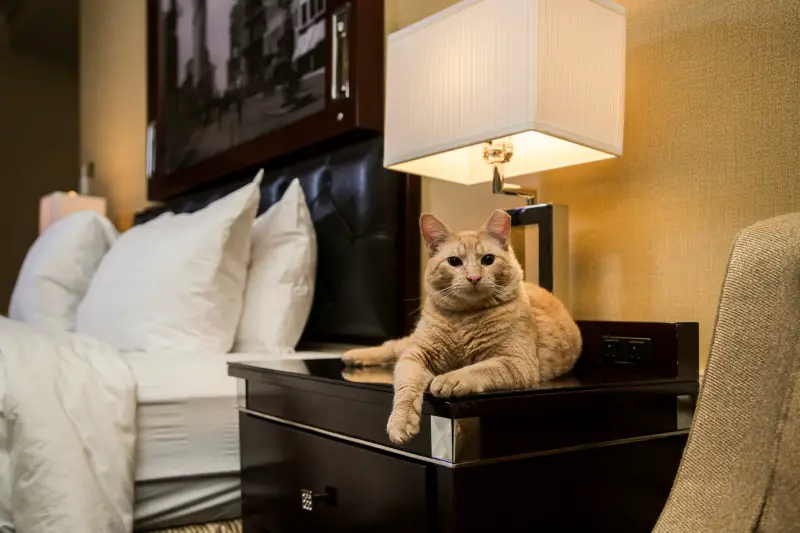
Hamlet, the newest cat (above), arrived at the hotel in 2017. Photo courtesy of Algonquin Hotel.
Q: How long did it take you to complete – from idea to bound book?
It took me exactly two years and three months to complete the book, starting with my initial discussions with the editor at RUP followed by a very lengthy proposal, in which I had to provide extensive marketing information, the entire table of contents, and two sample chapters. Once my proposal was approved, I spent about nine months writing the book and reference notes, and then it took another month for someone to index the book.
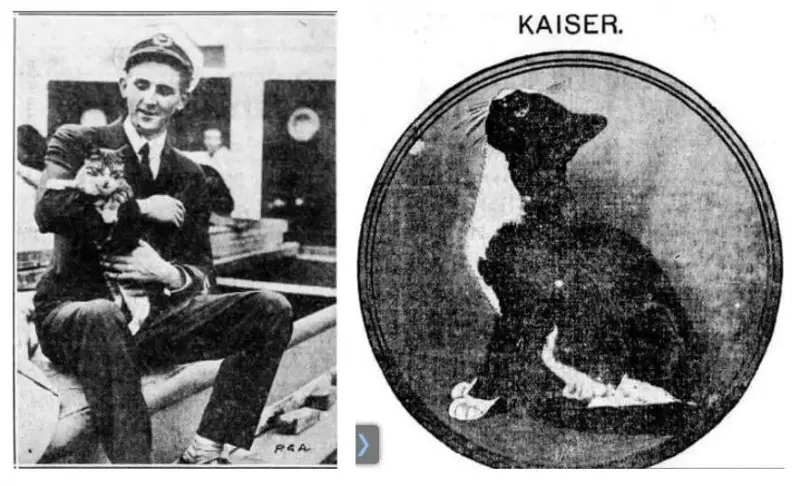
[right] – 16 days after the great Equitable Life Building fire in 1912, a crew of workmen rescued Kaiser, the building’s chief mouser, who survived in the basement while the building burned.
Q: What was the most unexpected/unusual thing you uncovered in your research?
Discovering the story about President Teddy Roosevelt coming to the rescue of two Angora cats in Harlem was probably one of the things that has surprised me the most. I’ve always been interested in Teddy Roosevelt (my great-grandfather was a mounted patrolman in Queens who served when Roosevelt was New York City’s police commissioner), and I’ve read several books about him, but I’d never heard about the Angora cats. I came across the story in an old newspaper while doing research for my blog, and I was so excited to discover that Teddy was a cat-man hero!
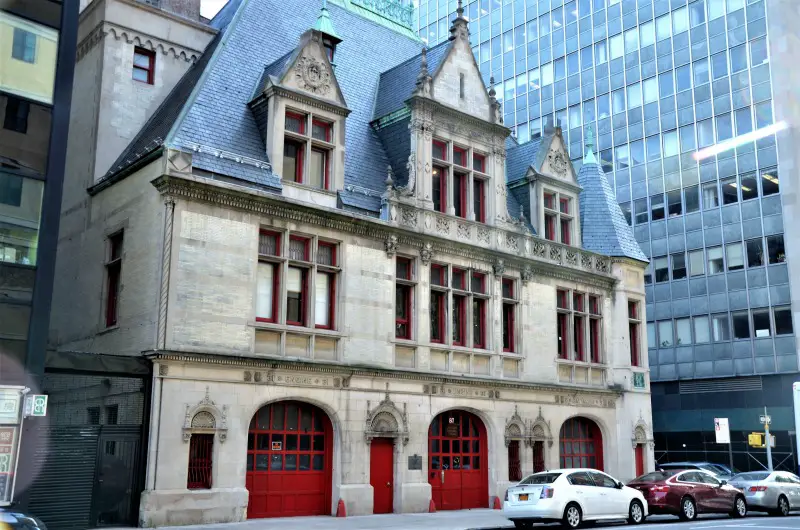
Today, the firehouse still looks like a castle out of place in Lower Manhattan. Photo by P. Gavan
Q: What was the most inspiring/inspirational thing you uncovered in your research?
New York City—like any city of that time period—was not an easy place to be a cat during the 1800’s and early 1900’s (it still is a tough place to live for stray cats). The majority of people treated stray cats and even pet cats like ordinary trash, tossing their pets into the gutters when they died or drowning kittens in the rivers to get rid of them. There was no such thing as neutering back then, so the city streets were filled with thousands of stray cats (and dogs). It was—and continues to be—truly inspiring to discover so many men of Old New York (firemen, policemen, hotel managers, professional athletes, etc.) who were willing to welcome stray cats into their homes and hearts.
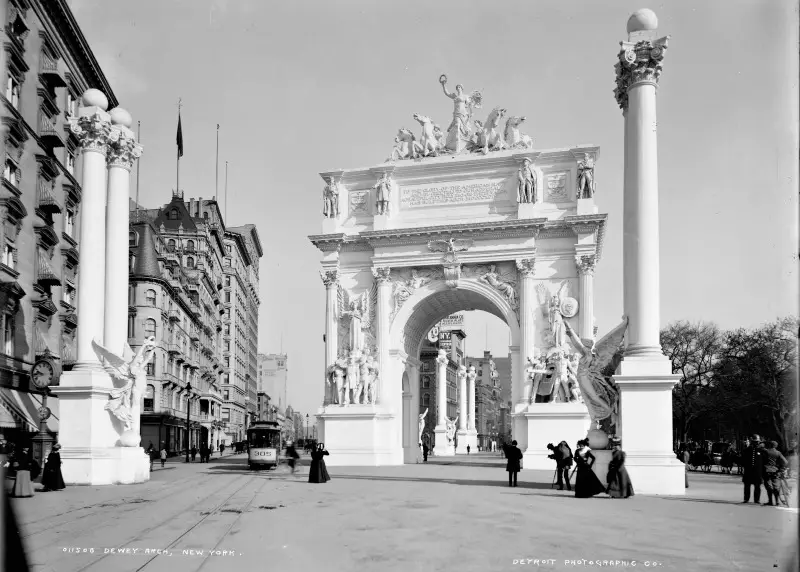
Q: How many stories did you uncover in total?
I could not even tell you! Over the years, I have discovered literally hundreds of true stories about cats of Old New York, and I keep all of these story ideas in numerous files on my computer broken down by categories. Some will eventually end up on my blog, while I hope to turn some others into children’s books if I get that opportunity.
Q: How did you end up selecting the chosen 42?
Honestly, I chose that number based on word count and the number of chapters (I had to have 9 cat-lives chapters!). The publisher gave me a maximum word count, so I just kept writing and adding favorite stories until I was close to that number. It was very challenging to stay within the limit as I wanted to share many more stories!
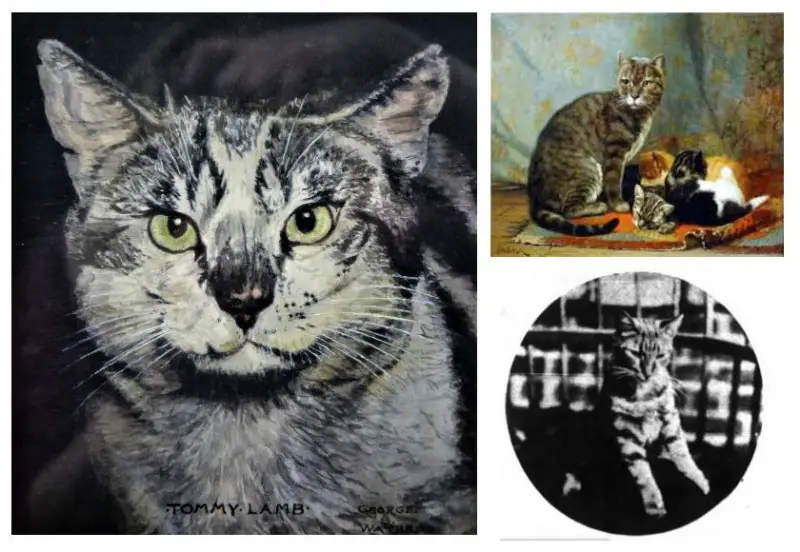
[right top] – John Henry Dolph, the leading cat-painter in America during the late 1800s, rescued hundreds of felines from the streets of New York and brought them to his studio on Long Island, where he cared for them and sketched them for his famous paintings.
[right bottom] – During the 1890’s, Ginger was the official fire cat for Metropolitan Steam Engine Company No. 11 (Lower East Side).
Q: If you had to pick your 3 favorite stories (aka cats), who would they be and why?
Oh my goodness, they are all my favorites! But I especially love the stories about fire cats, because I have been a volunteer firefighter for 25 years in my hometown. I just love the story about Tootsy, the white-fleeced feline firefighter of Engine Company No. 27, because she had so much spunk and really enjoyed sneaking onto the new motorized fire engine and racing (at a whopping 20 miles an hour!) to the scene with the firemen. I also adore Olaf, the Nordic seafaring cat who fell overboard and survived by swimming his little heart out for 15 minutes in choppy seas until the sailors reached him in the lifeboat and performed kitty CPR. The dual tale of Holey, who fell and was trapped between two tenement buildings for two years, and Gittel, who fell and was trapped at the base of a chimney, is also one my favorites. Little Holey had incredible stamina and a great will to survive, and Gittel’s owner loved her so much, he was willing to send his only son down the chimney to rescue her (the poor kid got stuck halfway down). It’s a story that makes me laugh and cry at the same time!
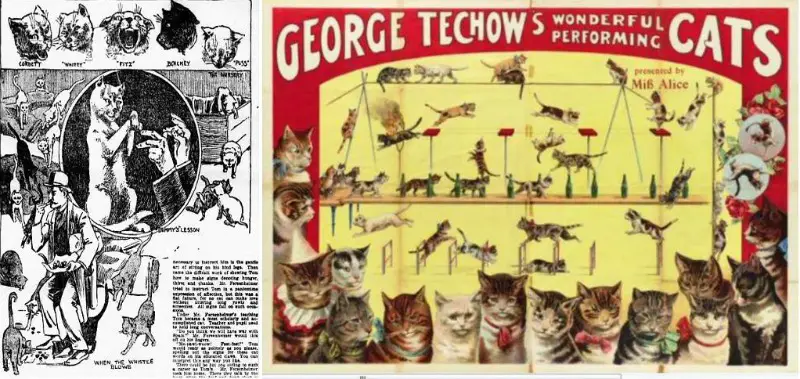
[right] – One hundred years before the hit musical Cats hit Broadway, live performing cats, like Herr George Techow’s trained felines, were all the rage on New York’s stages.
Q: Is there a possibility of a sequel?
Some people have asked me about doing a story about the cat women of Old New York. I certainly have enough story ideas in my files to fill a book, but I currently don’t have the time to write another adult nonfiction book. Perhaps after I retire and have more time on my hands.
Q: Any other ‘cat related’ projects on tap?
I would love to write a book for children based on some of my cat stories, but my contacts in the children’s book publishing industry tell me that it is incredibly hard to break into this category. I’m going to take a stab at it, though, so I’ll keep you posted if I have any luck!
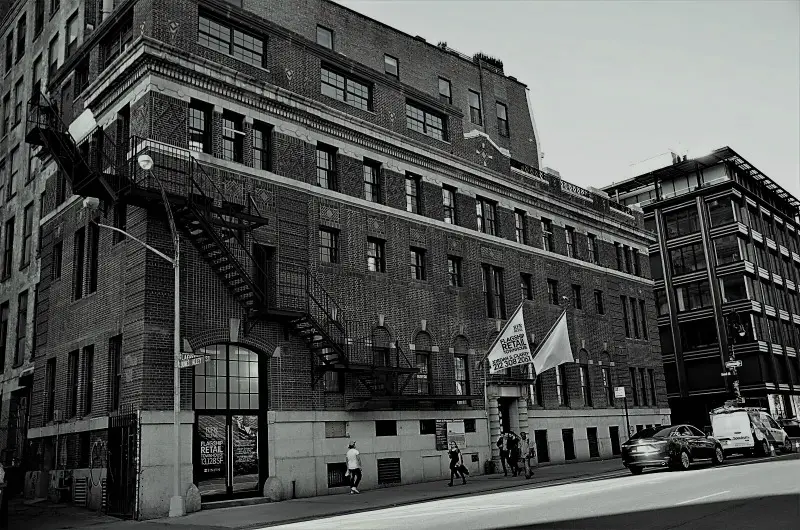
Q: You had to see this one coming … how many cats do you currently have? Names?
My husband, Joe, and I currently have two cats that we adopted from our local animal shelter. Boo is Joe’s old man Tuxedo cat—he’s 17 years old but still going strong. He loves to lay on Joe’s lap and he talks to us all the time. Misha is my baby girl dilute calico cat—she’s 5 years old and super athletic and spunky. She prefers my lap, but only on her terms.
I’ve also had many other cats over the years, including Clypunskins, Harley, Houdini, Romeow, and Hubble.
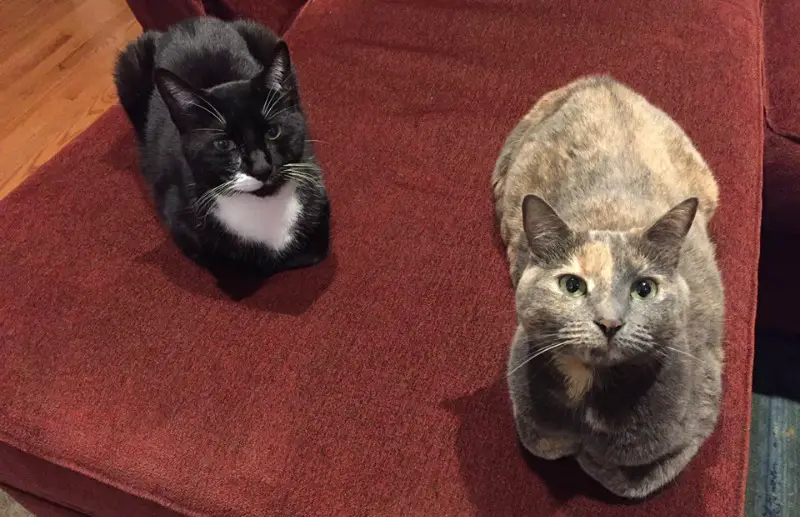
Q: What special message would you like to leave with our feline loving readers?
I would like readers to understand that The Cat Men of Gotham is truly a history book that features cats, and not the other way around. Many of the stories are primarily about the cats and their cat men, but some of the tales focus more on the historical or social aspects surrounding the cats (eg., the history of the building or neighborhood where the cats lived, or the laws that affected their lives in some way). The good thing is that there are 42 stories, so there is something for everyone, whether you prefer the feline or historical aspects.
I also always want readers to understand that not every story has a happy Cinderella ending. These are true stories that took place in harsh environments, so one must have an open mind and an appreciation for the historical and social context surrounding each cat story. This is really a book for those who want to see how cats lived and were treated 100 years ago.
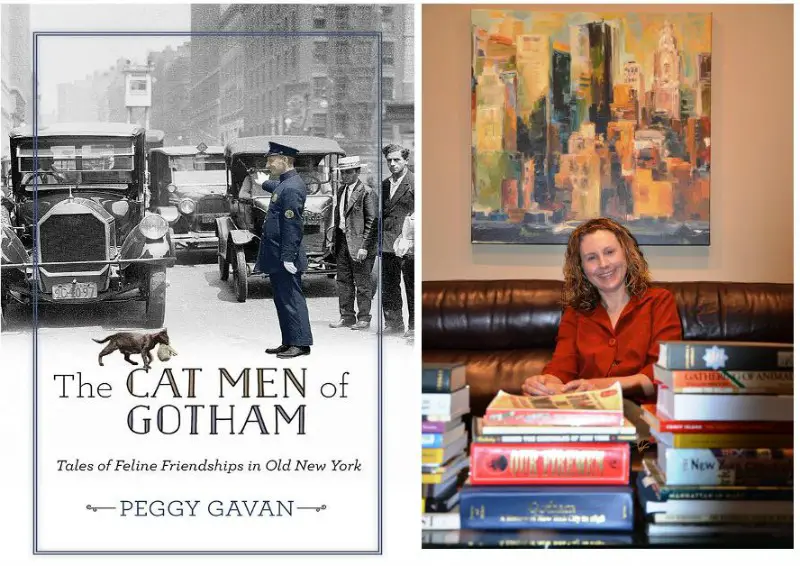
Summary
The Cat Men of Gotham: Tales of Feline Friendships in Old New York is available at select bookstores and numerous sites online, including Amazon and Barnes and Noble.
About the Author
Peggy Gavan is a journalist, senior editor, volunteer firefighter, and New Yorker with a passion for cats and New York City history. She received her Bachelor of Science degree in journalism from Syracuse University and a Master of Science degree in health communications from Boston University.

Ever since she started writing her blog, The Hatching Cat: True and Unusual Animal Tales of Old New York (hatchingcatnyc.com), Peggy has been on a never-ending quest to explore the history of New York City through animal tales from the 1800s to World War II. Many of these tales are amazing, some are curiously odd, and others fall under the file called “You just can’t make this stuff up.” Her favorite stories, though, are the ones that make people say, “Wow, who knew!?” Peggy lives in Warwick, New York, with her husband, Joe, and their two cats, Misha and Boo. They are both volunteer cat visitors for the Warwick Valley Animal Shelter; Peggy will be donating a portion of the proceeds from The Cat Men of Gotham to the shelter.
You can contact Peggy Gavan on Twitter @HatchingCatNYC or Facebook.
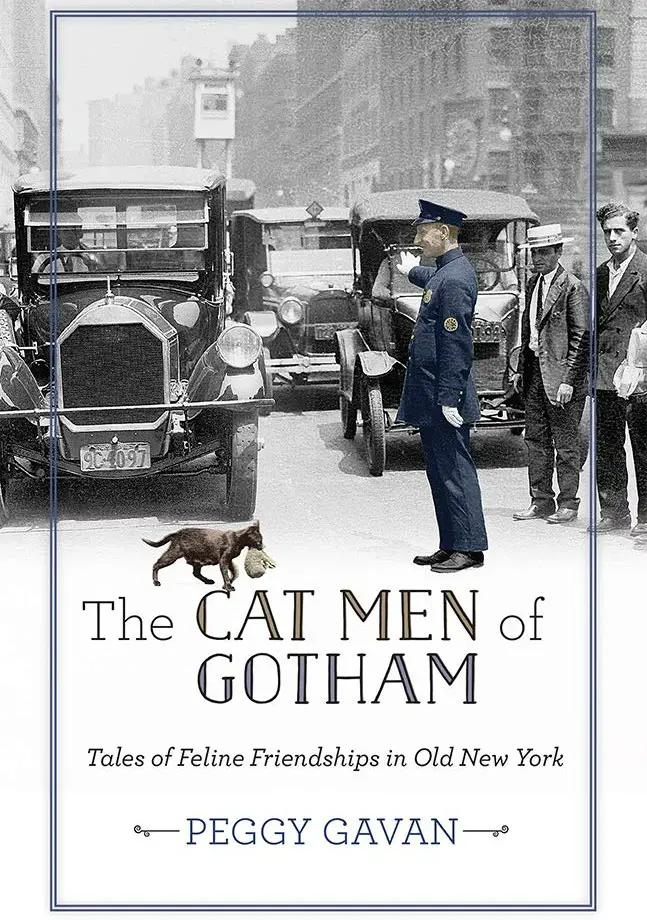
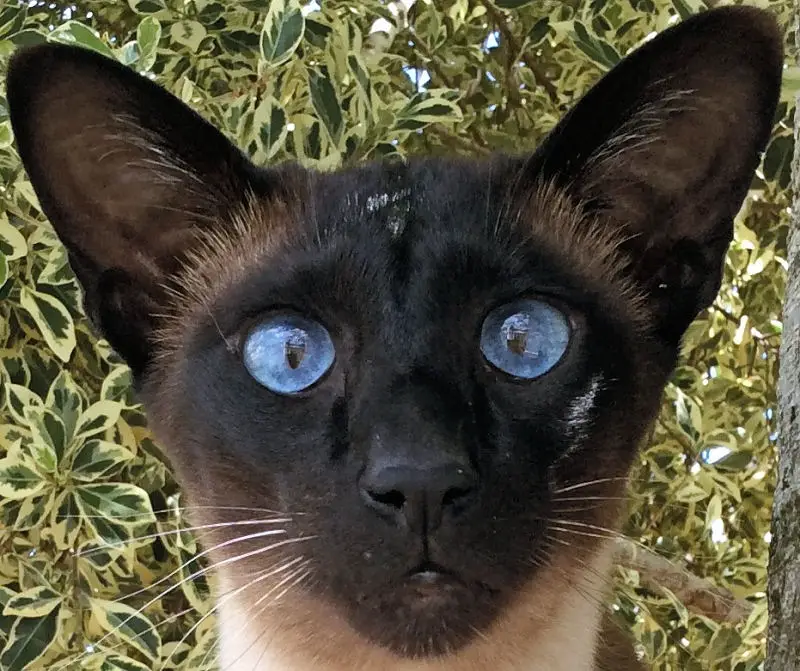
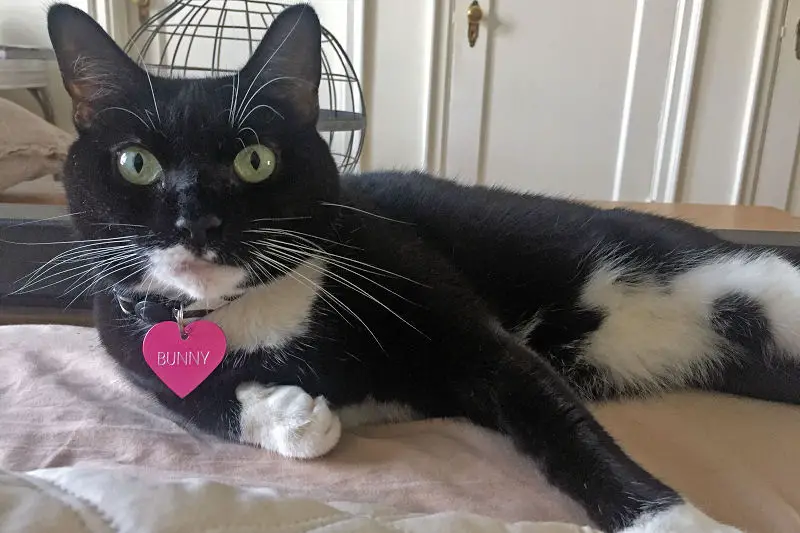
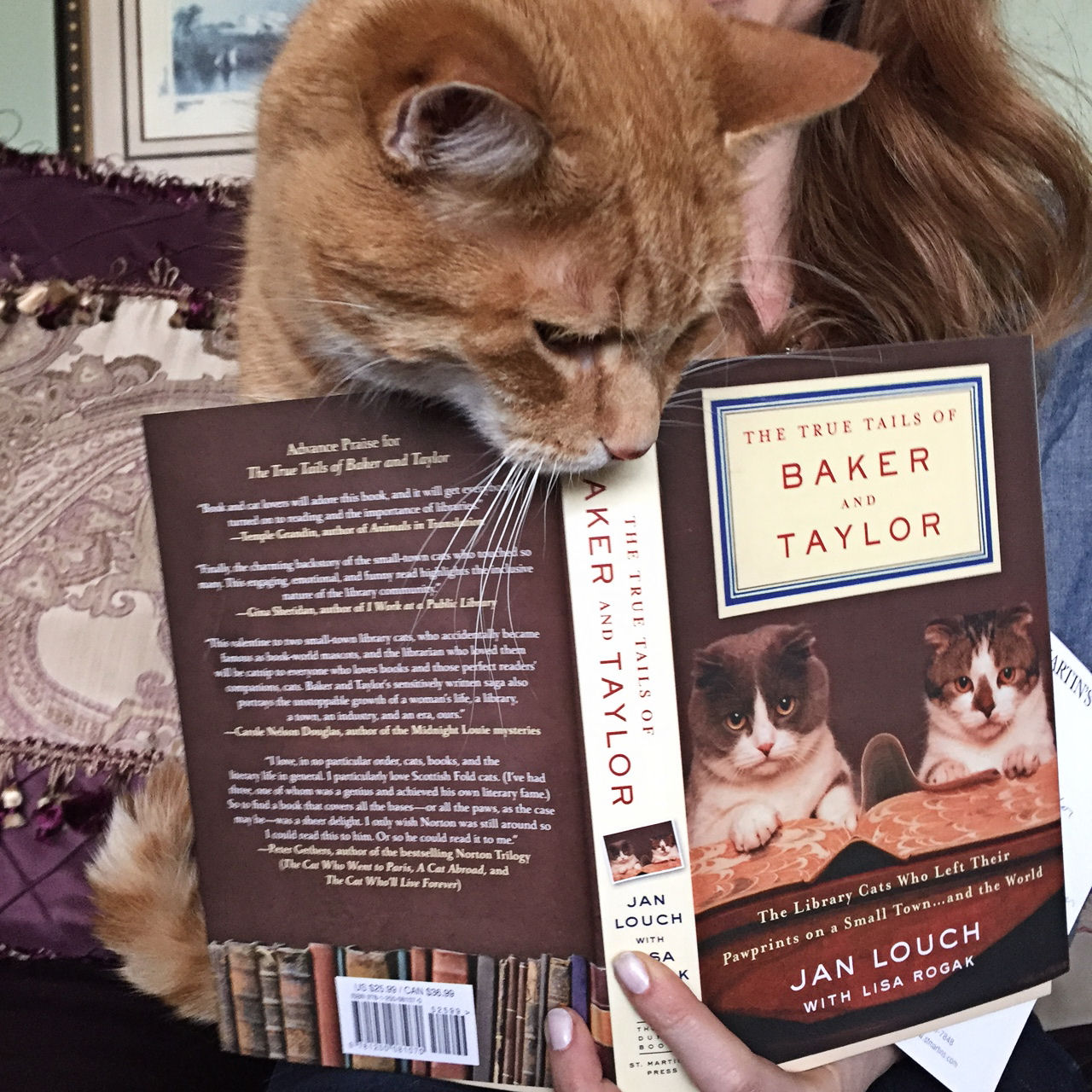
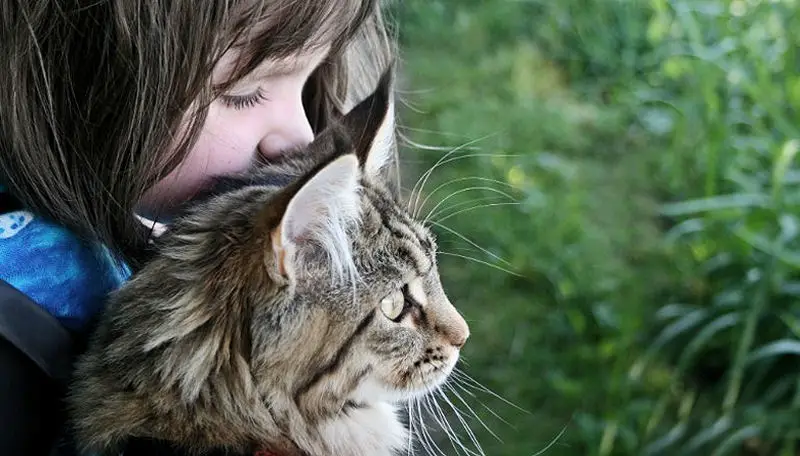
I once read a book called” All My Patient’s Are Under The Bed” written by a Dr. Katz a veterinarian in New York City. A great and love being book dedicated to many of the crazy cats and their owners that he treated throughout his life.
AWESOME BOOK!!! What a great way to portray these kitties and their beloved purrsons!! I look forward to purchasing it!!
I hope the author did not forget about Harry Whittier Frees, his cat Rags, and all the other cats, dogs, bunnies, and other critters who posed for this exceptional photographer in the early 1900’s.
This sounds like a fascinating book, though I don’t know if I’d want to read it due to the sad stories, as I work in advocacy and have more than my fill of those every single day.
Owen Ramiller read a book with the same title as one by Dr. Louis J. Camuti, a renowned veterinarian.